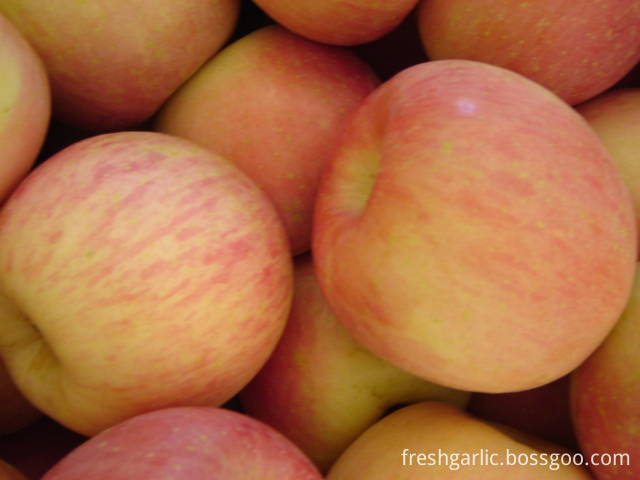Sclerotinia sclerotiorum, commonly known as white stalk pole, empty pole, rotten pole, mold borer, etc., is a fungal disease that can damage every part of the growing period of rapeseed. The most serious damage is the stem, which seriously affects the yield of rapeseed. And quality. First, the harm symptoms The lesions at the seedling stage mostly occurred at the junction of the ground rhizomes, forming reddish-brown spots, which turned to dry and white afterwards. The tissues were wet and white white flocculent mycelium grew. After the diseased class wraps around the stems, stem rots and seedlings die, and many black sclerotia are formed outside the diseased tissue. In the adult stage, the leaves develop disease. The lesions appear as round or irregular water-stained lesions at the beginning. The center of the lesions is gray-brown or yellow-brown. The edges of the lesions are dark blue, slightly camouflage, the edges of the lesions are chlorotic, and the outer edges are yellowish. The lesions were broken and perforated when dry, and rapidly expanded in wet conditions. The whole leaf rotted and white mycelium grew above. Spindle-shaped, light brown, water-stained lesions appear on the stem, slightly sunken, white in the middle, and brown bands on the edges. In the moist condition, the lesion develops very rapidly. The white mycelium grows on the upper stage until the late stage of the disease. The epidermis of the stem is damaged, the vascular bundle is exposed in a filamentous shape, the pith is hollow, and it is easy to fall down. Many black murine sclerotia are formed in the stem. . In severe cases, the whole plant withered, and the mildly diseased plants partially withered or matured earlier and the seeds were not full. After the petals became yellow, they turned white. After the pods are infected, irregular white spots are formed, and small and round small sclerotia are formed inside and outside the pods. After the seed is infected, the surface is rough, grayish, dull or irregular. Second, prevention and control measures 1, agricultural control. Cultivate and select breeds that are more resistant to disease. The first is to implement a dry and dry rotation. The sclerotia remaining in the soil is soaked and rotted by irrigation to reduce the source of infection; the second is to treat stubble. After threshing the rapeseed, the stems and leaves, keratin peels, etc. are treated separately or put into the paddy field to make fertilizer; third, deep plowing sterilization. Deep plowing in autumn, cultivating 1-2 times in spring cultivating, you can destroy, submerge buried sub-capsule plate; Fourth, seed treatment. Through screening, winnowing, seed dressing and other methods to eliminate sclerotia and kill seed epidermis, sowing disease-free seeds. 2, chemical control. While implementing agricultural prevention and control, the timely adoption of chemical and chemical control is the key technical measure to control and reduce the risk of Sclerotinia sclerotiorum. According to many years of experience, in order to ensure the disease-prevention effect, it is necessary to quasi the use of drugs, select suitable drugs and take corrective measures. Medication method. At present, the main pharmaceutical agents commonly used are carbendazim, bacillin, sclerotin, thiophanate, and various fungicides. Since the rape is most susceptible to flowering, it is very important to use the first drug at the early flowering stage, use the second drug after 7-10 days, and try to use it after two consecutive days of continuous overcast rain. Good third medicine. In order to ensure the prevention of disease, one should insist on the amount of 50-60 kilograms of water when the drug is used. Second, it is necessary to spray coarse fog, spray from flowers to the stem, and form a protective layer on the outside of the plant.
Fuji apples are typically round . Fresh apples contain between 9–11% sugars by weight and have a dense flesh that is sweeter and crisper than many other apple cultivars, making Fuji apples popular with consumers around the world. Fuji apples also have a very long shelf life compared to other apples, even without refrigeration. With refrigeration, Fuji apples can remain fresh for up to a year.
1. Commodity name: Fuji Apple
Fuji Apple Fuji Apple,Fresh Apple,Red Fuji Apple,Fresh Fuji Apple JINING FORICH FRUITS & VEGETABLES CO., LTD. , https://www.forichgarlic.com
3. Coloration: 80%-85% and up, color type seperated with blush or strip, smooth and bright skin
4.Origin: Shandong province of China
5. Packing:
a) Inner packing: With tray, foam net and plastic bag
b) Outer packing:
10kg/ctn: size 28/32/36/40/44/50/56;
20kg/ctn: size 64/72/80/88/100/113/125/138/150/163/175/198;
c) according to clients' special requirements.
6. Supply Period: October to next August
7. Conveyance:
a) 10kgs/ctn: 2156ctns/40' HR
b) 20kgs/ctn: 1106ctns/40' HR
8. Transporting and storing temperature: 0°C
